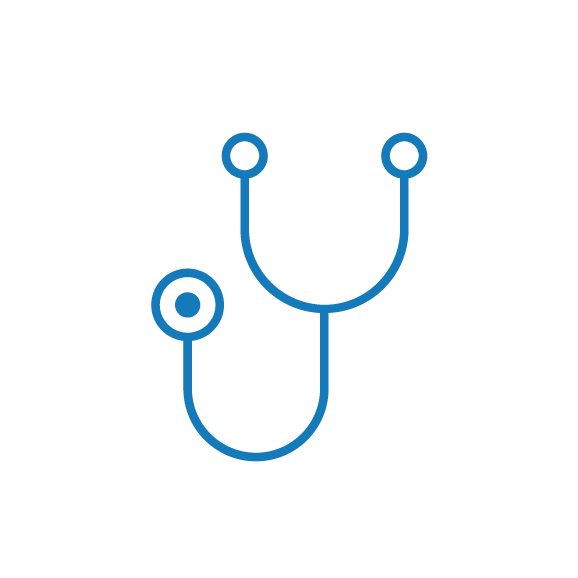VHAN Nurse Care Navigator Connects Patient to Post-Surgery Safety Net
One of the top priorities for any health care provider is to ensure that patients receive timely, coordinated care across different settings, whether it’s a routine visit or follow-up care after a major health event. Unfortunately, some patients can fall through the cracks despite the care team’s best efforts.
Recently, a VHAN RN Care Navigator was able to connect an overlooked patient to much-needed follow-up care after a joint replacement. The 63-year-old female patient with comorbidities was admitted to an outside hospital for a planned knee replacement, expecting that she would be referred to a rehab facility at discharge. However, after spending a week in the hospital, she was sent home with no follow-up instructions. She understandably felt confused and disconnected from the system—and worried about what would happen next.
Putting the Strength of the Network to Work for the Patient
VHAN’s RN Care Navigators are trained to support patients with complex medical needs by connecting them to a coordinated network of diabetes educators, social workers and pharmacists as appropriate. They are also experts at detecting warning signs that could lead to negative outcomes, such as emerging symptoms, mental health concerns or lack of social support at home.
“This patient had no services started and she didn’t know when her follow-up appointment was or even who her primary care physician (PCP) was,” says VHAN RN Care Navigator Cheryl Landis. “When I first called her she was thrilled, because no one else had followed up with her.”
The patient’s PCP was a VHAN-affiliated doctor, so Landis immediately scheduled a follow-up appointment. She then began to address additional health concerns of the patient, who lives alone. Landis realized she was having trouble monitoring and controlling several conditions, including obesity, diabetes, hypertension and hyperlipidemia, in addition to her recent knee replacement.
“Recovery was a long road for her, and she definitely fell through the cracks,” Landis says.
By offering emotional support and bringing real-life solutions to her complex problems, Landis helped the patient map out a smoother path to recovery. When Landis last checked on the patient, she was 20 weeks out from surgery, and her health had improved enough to enjoy playing with her grandchildren.
“The key is linking patients to VHAN’s medical network,” Landis says. “When we discharge a patient, our goal is to have their follow-up appointment set, and to make sure they have any medications, services and treatments they need. In this case, we had an excellent outcome.”




